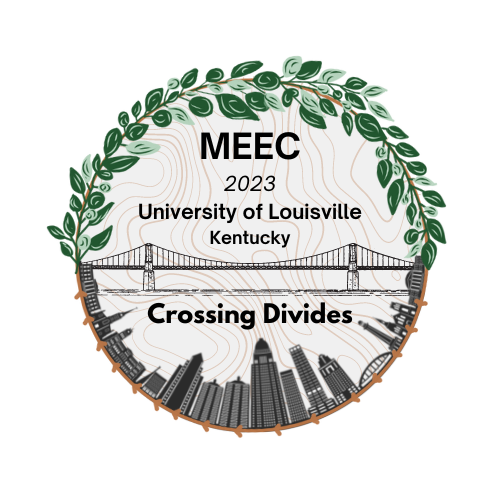Submission Type
Oral Presentation
Abstract
The neuroanatomy of insects reflects functional roles and cognitive capabilities. The high energetic cost of the development and maintenance of neural tissue constrains investment in brain compartments that receive and process sensory input. Thus, differential investment in sensory compartments should parallel selective pressures, including significant habitat parameters. We tested the hypothesis that ants occupying different vertical rainforest strata exhibit differential investment in visual and olfactory brain regions. We used confocal microscopy to examine immunostained brains of species with distinct nesting and foraging preferences: Pseudomyrmex boopis (understory; U), P. gracilis (understory and canopy; UC), and P. oculatus (canopy; C). We created three-dimensional reconstructions and used the volumes of optic and antennal lobes, antennal glomeruli, and mushroom body calyces as a proxy for energetic investment in sensory input and processing. We found that optic lobe investment relative to the whole brain was highest in UC, followed by U, and C. Antennal lobe investment of U and UC was similar and higher than that of C, but C had the most glomeruli relative to their body size. The relative volume of glomeruli did not differ among species. These preliminary results suggest that there is differential investment in visual and olfactory regions of Pseudomyrmex workers relative to whole brain size. These differences correspond with habitat use, such that species that forage or nest in the understory have higher optic lobe investment than canopy species. Presumably this pattern reflects a need for greater visual sensitivity or acuity in the dimmer understory environment.
Included in
Patterns of neural investment in sensory modalities of tropical canopy and understory-dwelling ants (Pseudomyrmex)
The neuroanatomy of insects reflects functional roles and cognitive capabilities. The high energetic cost of the development and maintenance of neural tissue constrains investment in brain compartments that receive and process sensory input. Thus, differential investment in sensory compartments should parallel selective pressures, including significant habitat parameters. We tested the hypothesis that ants occupying different vertical rainforest strata exhibit differential investment in visual and olfactory brain regions. We used confocal microscopy to examine immunostained brains of species with distinct nesting and foraging preferences: Pseudomyrmex boopis (understory; U), P. gracilis (understory and canopy; UC), and P. oculatus (canopy; C). We created three-dimensional reconstructions and used the volumes of optic and antennal lobes, antennal glomeruli, and mushroom body calyces as a proxy for energetic investment in sensory input and processing. We found that optic lobe investment relative to the whole brain was highest in UC, followed by U, and C. Antennal lobe investment of U and UC was similar and higher than that of C, but C had the most glomeruli relative to their body size. The relative volume of glomeruli did not differ among species. These preliminary results suggest that there is differential investment in visual and olfactory regions of Pseudomyrmex workers relative to whole brain size. These differences correspond with habitat use, such that species that forage or nest in the understory have higher optic lobe investment than canopy species. Presumably this pattern reflects a need for greater visual sensitivity or acuity in the dimmer understory environment.



Comments
Armando E. Castillo2, Heather E. Short1, Stephen P. Yanoviak1,3, William T. Wcislo3
1 – Department of Biology, University of Louisville, Louisville, Kentucky, USA.
2 – Centro de Neurociencias, Instituto de Investigaciones Científicas y Servicios de Alta Tecnología (INDICASAT-AIP), Ciudad del Saber, Panamá,
3 – Smithsonian Tropical Research Institute, Balboa, Panamá